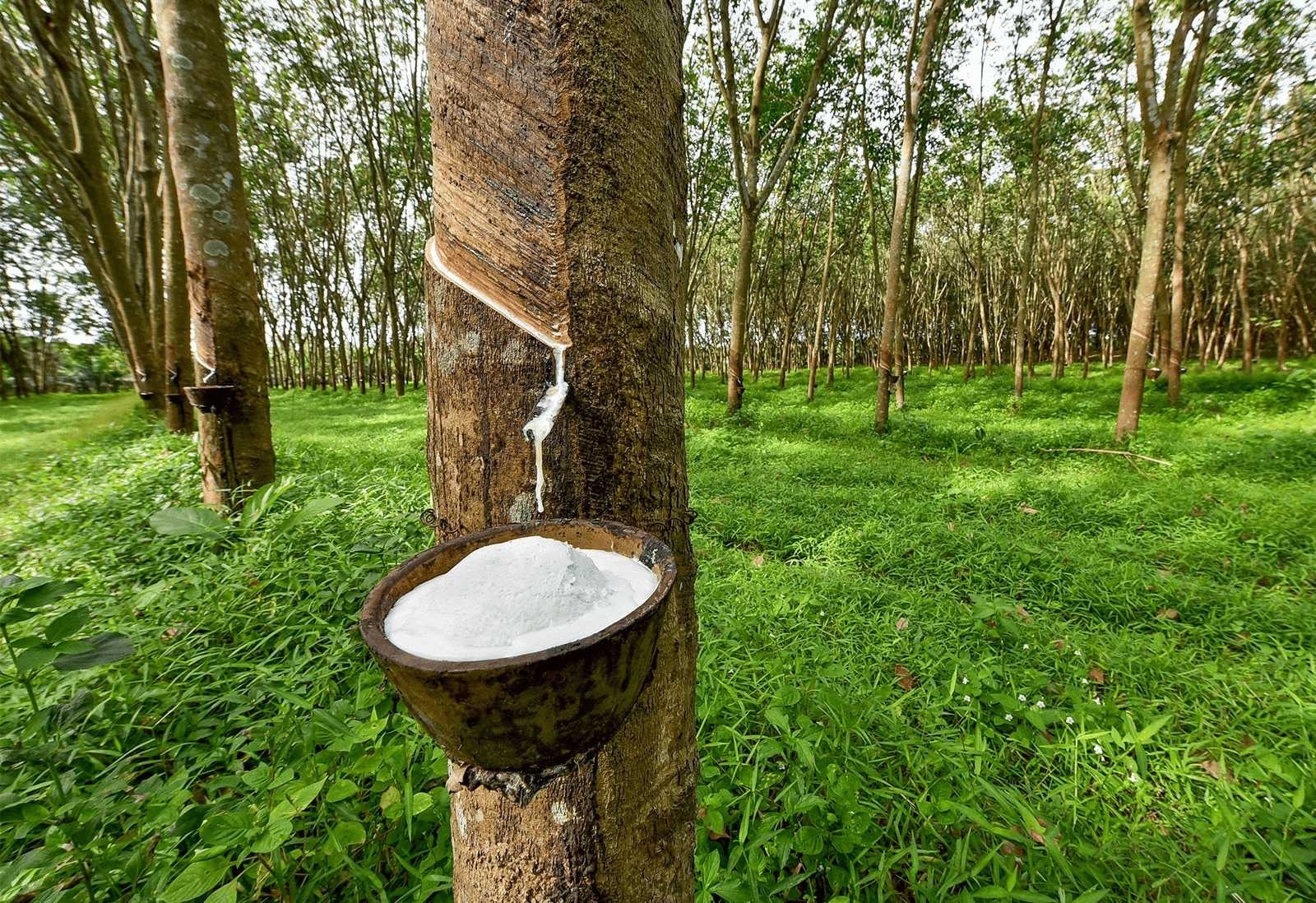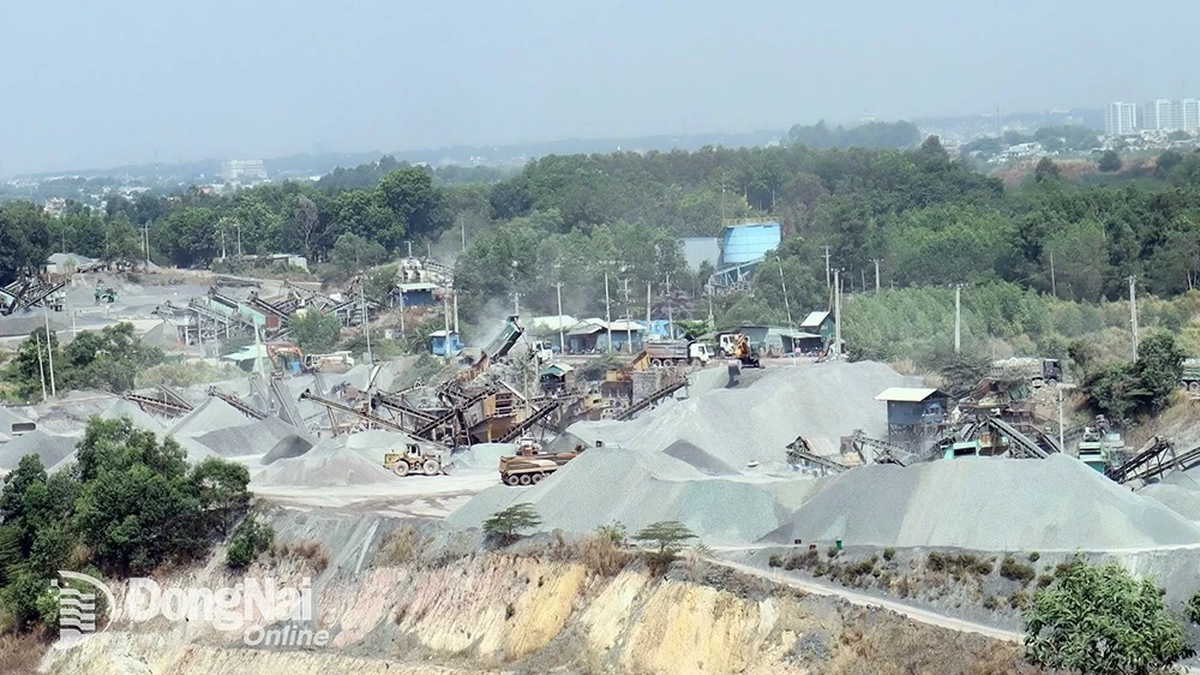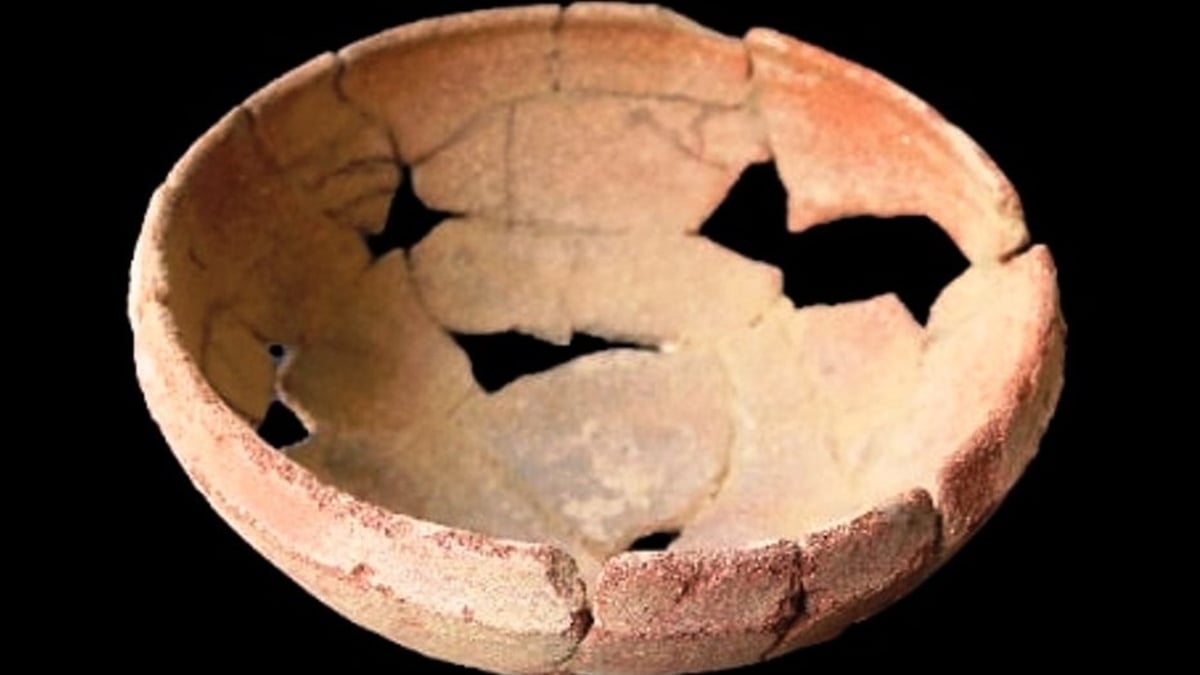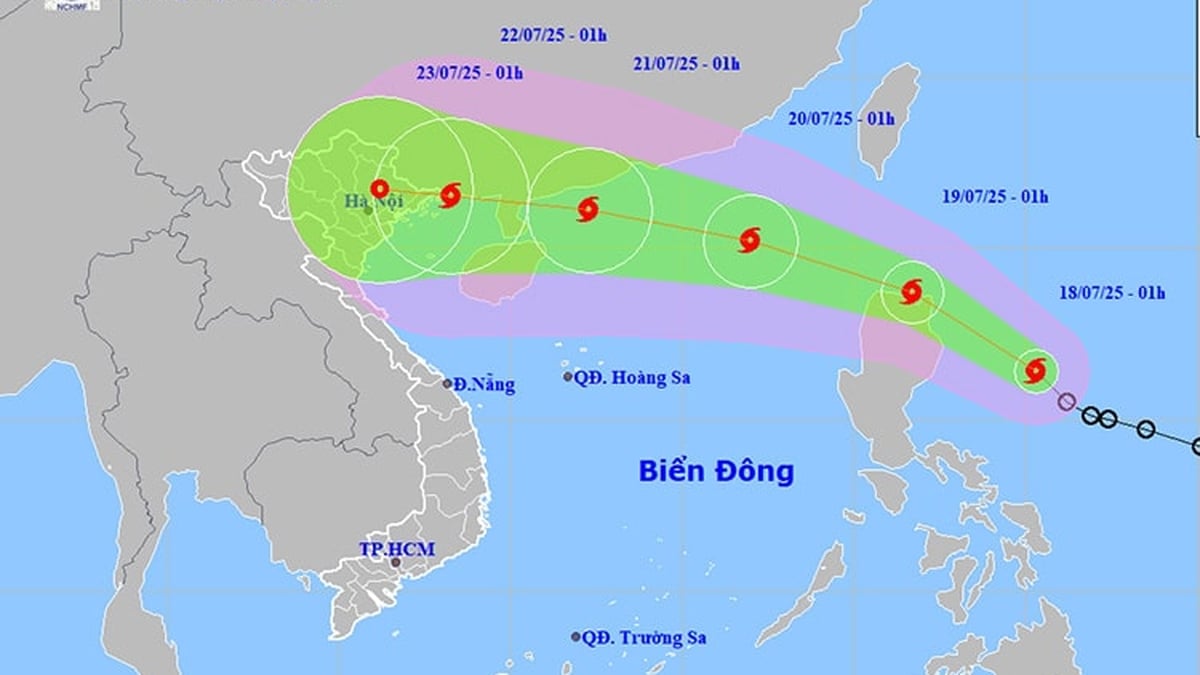Japanese rubber prices continued to decline today (July 17) due to concerns about increased supply and reduced demand, while rubber prices in Thailand and China increased slightly. Domestically, rubber latex purchase prices at large enterprises remained stable.
World rubber price
At the end of this morning's trading session, the price of rubber futures for August on the OSE - Japan decreased by 0.1% (0.3 Yen) to 313.7 Yen/kg.
In China, the August rubber futures price on the Shanghai Futures Exchange (SHFE) increased by 0.8% (110 yuan) to 14,410 yuan/ton.
In Thailand, rubber futures for August delivery rose 0.2% (0.11 baht) to 73.13 baht/kg.
Malaysian rubber market ended the trading session in the red due to the impact of falling crude oil prices and market sentiment dominated by complex geopolitical developments.
Malaysian rubber market ended the trading session in the red, affected by falling crude oil prices and market sentiment dominated by complex geopolitical developments, according to Bernama.
Notably, US President Donald Trump's statement on a 50-day ultimatum, asking Russia to end the war in Ukraine, along with the threat of imposing sanctions on Russian oil buyers.
Standard rubber price SMR 20 decreased by 1.5 sen to 716.50 sen/kg, while liquid latex price remained unchanged at 564.00 sen/kg.
A rubber dealer said market sentiment was affected by concerns over US tariffs and escalating geopolitical tensions.
“Trump has announced a series of high tariffs on major economies in the past week, most recently imposing 30% tariffs on goods from Mexico and the European Union,” she told Bernama.
However, she also noted that the sharp decline in the rubber market was somewhat limited by positive economic data from China.
“China's GDP in the second quarter reportedly grew 5.2 percent year-on-year, beating the 5.1 percent forecast,” she said.
“Growth in the first half of 2025 reached 5.3%, continuing to exceed the 5% target set by Beijing,” she added.
Meanwhile, in Japan, rubber futures reversed course, ending a five-session winning streak. The main reason was reduced rainfall in Thailand, which has helped rubber tapping activities return to normal. At the same time, concerns about electric vehicle demand in China continued to weigh on investor sentiment.
The August butadiene rubber contract on the Shanghai Futures Exchange fell 50 yuan, or 0.43 percent, to 11,535 yuan (about $1,607.84) a tonne.
Although the Thai Meteorological Department had warned of heavy rain and flooding between July 19 and 21, rainfall has now eased in line with seasonal trends, allowing rubber tapping activities to return to normal, according to Chinese financial data site Tonghuashun.
Typically, natural rubber enters a low production period from February to May, before entering the peak harvest season that lasts until September.
Global electric vehicle sales rose 24% in June, with China alone recording a 28% year-on-year increase to 1.11 million units. However, reports of a slowdown in China as some cities run out of subsidies continue to weigh on the rubber market.
Domestic rubber price
In the domestic market, the purchase price of rubber latex at large enterprises continues to be stable. Specifically, MangYang Company quotes the purchase price of liquid latex at about 389 - 393 VND/TSC (type 2 - type 1); and mixed coagulated latex at about 340 - 388 VND/DRC (type 2 - type 1).
At Binh Long Rubber Company, latex is currently purchased at 386 - 396 VND/TSC/kg; mixed latex with 60% DRC is priced at 14,000 VND/kg.
Phu Rieng Company offers to buy mixed latex at 380 VND/DRC, and buy latex at 410 VND/TSC.
At Ba Ria Rubber Company, the purchase price of liquid latex is 390 VND/TSC degree/kg (applied to TSC degree from 25 to under 30); DRC coagulated latex (35 - 44%) is 12,700 VND/kg, raw latex is recorded at 15,800 - 17,000 VND/kg./.
Source: https://baolamdong.vn/gia-cao-su-hom-nay-17-7-bien-dong-khong-dong-nhat-382566.html





































































































Comment (0)